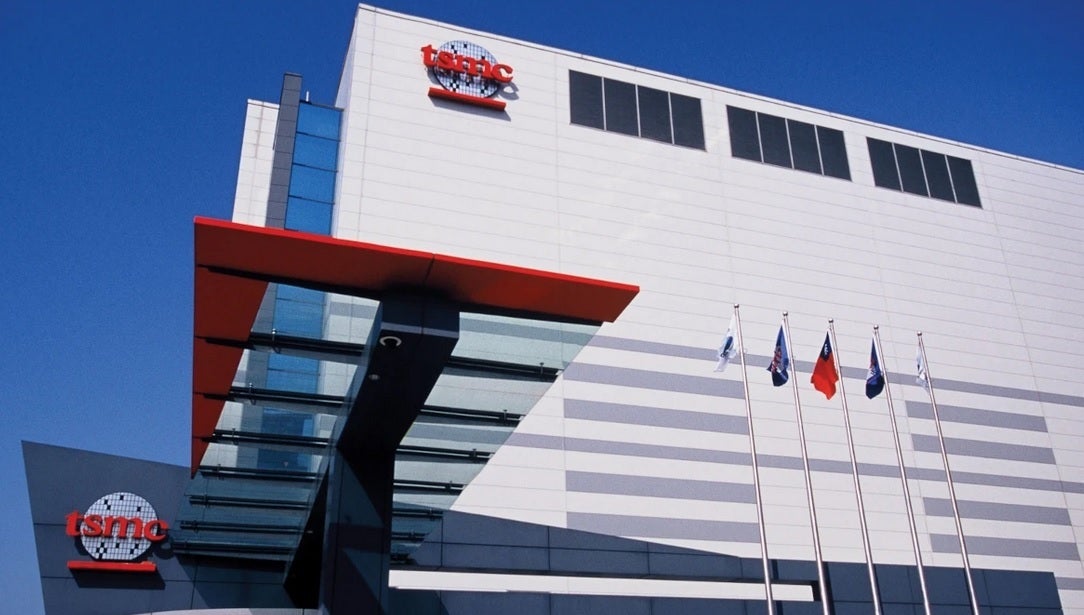Cook says Apple will start to diversify chip production out of Taiwan in 2024
TSMC plans to move production of 3nm chips to the United States

TSMC plans on moving production of 3nm chips to the U.S.
This is important because smaller transistors would allow a larger number of them to be shoehorned inside the component. And typically the larger the number of transistors employed in a chip, the more powerful and energy-efficient it is. Consider that the 7nm A13 Bionic used to power the iPhone 11 was equipped with 8.5 billion transistors. The A16 Bionic found inside the iPhone 14 Pro and iPhone Pro Max is a 4nm chip carrying nearly 16 billion transistors.
60% of global chip production is done in Taiwan says Apple CEO Cook
Cook said to Apple employees, “We’ve already made a decision to be buying out of a plant in Arizona, and this plant in Arizona starts up in ’24, so we’ve got about two years ahead of us on that one, maybe a little less. And in Europe, I’m sure that we will also source from Europe as those plans become more apparent.” Also attending the meeting with Cook were Apple Services head Eddy Cue and Deidre O’Brien, Apple’s head of retail and human resources.
Right now, TSMC and Samsung Foundry are the two process node leaders in the chip world. Samsung is already shipping 3nm components while TSMC should join that club next year
and it will deliver the 3nm A17 Bionic that Apple plans on using to power the iPhone 15 Pro and iPhone 15 Ultra in 2023.
Samsung has revealed a roadmap that takes it to 2nm chips by 2025 and 1.4nm chips two years later. TSMC plans to spend a little extra time with its 3nm process node before moving to 2nm. It wants to start work soon on developing a 1nm process node that would still be years away. Intel has said that it believes that it can take process leadership away from TSMC and Samsung by 2025.


